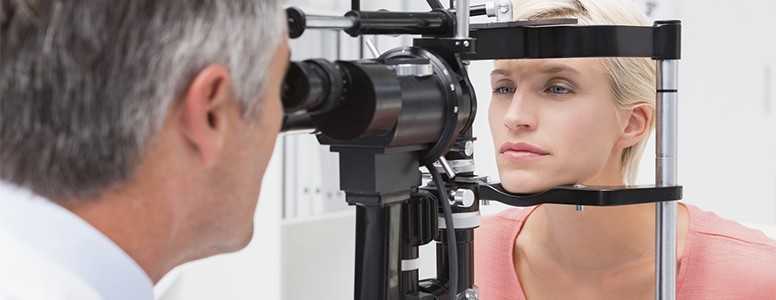When it comes to losing body fat, diet and exercise are most effective when done together than either one alone, according to new research.
Identifying factors that help people lose fat, especially visceral fat, can bring many health benefits such as a reduced risk of type 2 diabetes and heart disease.
Researchers from George Washington University, in Washington DC, US, have looked at the effects of resistance training (strength training) on fat loss and body composition in overweight women, with or without implementing any diet changes.
The four month-long study involved 40 overweight-to-obese, untrained women, ages 25 to 40, who were assigned to one of four groups: resistance training only (RT); diet only (DO); resistance training plus diet (RT+D); or a control group (no intervention).
Those in the RT and RT+D groups performed exercises for all the major muscle groups, such as weighted squats, deadlifts, bench presses, rows or leg extensions, two to three times a week with a personal trainer who taught them proper form and adjusted the weights.
Body composition (fat mass, lean muscle mass and visceral fat) were measured via repeat DXA scanning while the resting metabolic rate (RMR) – energy required by the body at rest – was calculated via indirect calorimetry.
The RMR generally contributes 10-15% to total daily energy expenditure, but it is lower among obese adults and in women compared to men. Calorie restriction also reduces it, which is one of the reasons why it is difficult to keep the weight off after dieting.
Calorie goals for the RT+D and DO groups were set based on the RMR and non-exercise activity levels, which influence the RMR. The diet was high in protein (3.1g per kg of lean body mass), moderate fat (20% of calories) and carbs made up the rest of calories.
While there were a few dropouts, a total of 31 women completed the study. The results, to be published in a forthcoming issue of the International Journal of Sport Nutrition and Exercise Metabolism, showed decreases in fat mass for the three intervention groups. However, that decrease was more pronounced in the RT+D group. Furthermore, gains in lean muscle mass were seen only in the RT group.
Although resistance training has been shown to elevate the RMR for extended periods of time after training (the so called “afterburn” effect), there was only a mild increase in RMR over the span of the study.
Overall, these findings suggest that a total body RT program, combined with a hypocaloric diet, may be an effective strategy for reducing body fat while preserving lean mass in obese women.
What's new on the forum? ⭐️
Get our free newsletters
Stay up to date with the latest news, research and breakthroughs.







